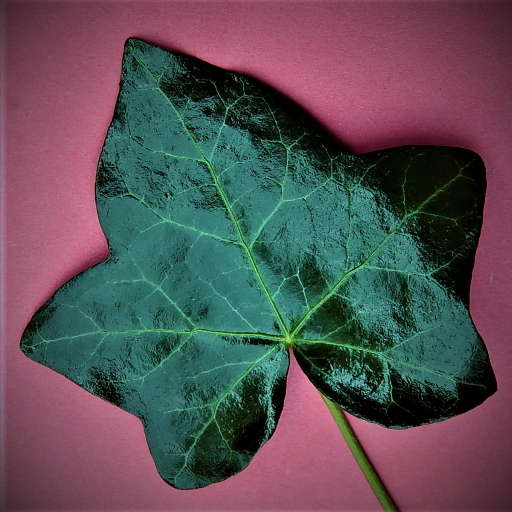Ivy Kills Trees
I hate Ivy. I am not too keen on stinging nettles either but I
perceive Ivy, Hedera Helix
as being the vampire of the vegetable world
and my animosity is of quite a different order. If there is a hell for
the souls plant world then there must be a special place in that
hell for the genus Hedera.
Why do I hate Ivy? Ivy lives in a dependent relationship with trees. it uses the strong
wooden structure of the tree as a physical support. It can thus avoid
investing energy in producing its own supporting structure. It can
grow much faster than a tree, more that five metres in a year leaving
the host tree at a disadvantage. Just imagine if we carried a similar
burden, a weighty creature that shared our food and moisture and deprived us of
some of the energy we need to thrive.

The Enemy
|
Trees should not have to have their roots entangled with those of a
vine whose interests are being served mainly at the expense of the host
tree. Ivy is also able to smother the young seedlings that normally
grow in the neighbourhood of the parent tree. Ivy roots will tend to
grow away from an infested tree and this will deplete the nutrients
available for adjacent trees and plants.
Some people claim that ivy does not damage a tree and I suppose that ivy on a healthy tree is also removing carbon dioxide out
of the the air and storing it in the wood of the vine, but it is
obvious
that the ivy does this much less effectively than a tree.
A woodland is not just a bunch of trees growing together, it is a
biodiverse, integrated ecosystem that includes a range of wildlife;
shrubs, ferns,
flowers small mammals, insects and worms, and fungi and moulds - and
more, and so often, because of ivy, instead of a magical glade in a
forest, we have an infestation of Hedera
that has reduced everything to a nightmare green desert, smothering,
excluding and covering everything with it's leathery green leaves.
Preventing ivy becoming a monoculture in
woodland is difficult and expensive but hopefully dealing with the
problem will eventually be seen by everyone as a serious
problem. So for now it is down to us, the Righteous Ivy Haters to get
out there and kill the evil weed. Nothing less than Extirpation.
Excessive ivy in the heart of a forest is a symptom of an unhealthy
ecosystem, even in situations where the invasive vines are a native
species they
should be naturally excluded by the ecosystem or relegated to the
margins of the forest.
We have a role here, to help the forest if it is failing to thrive or
even survive. Encouraging life forms that are intrinsic to a forest
system and discouraging the species that are not is our duty, not just
a
hobby. Rewilding and bringing back woodlands can save the lives of
future generations. A pristine forest is one of the most beautiful and
precious gifts given to the people of this planet.
Sometimes ivy on a tree is seen as desirable by some people and they will not accept that it is a threat to our forests. If
they own trees and will not remove it one should persevere using reason
and logic using the arguments I have given and those in the material
available through the links I have provided.
You will need sharp tools and some safety equipment in the shape of
gloves and eye protection. Be careful and stay alert when you are in a forest . ~ David
Edmunds
Note: Ivy as an enemy of trees is mentioned on page 165 by Peter Wohlleben in his excellent book 'The Hidden Life of TREES'
Home - Next - Contact

